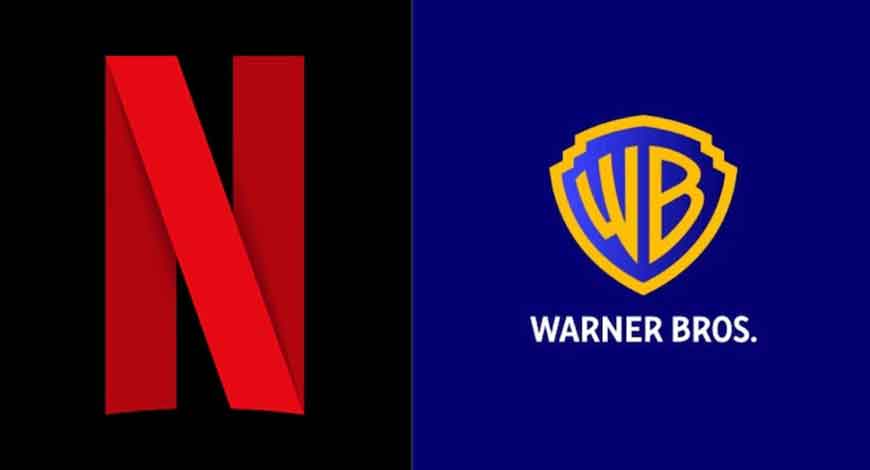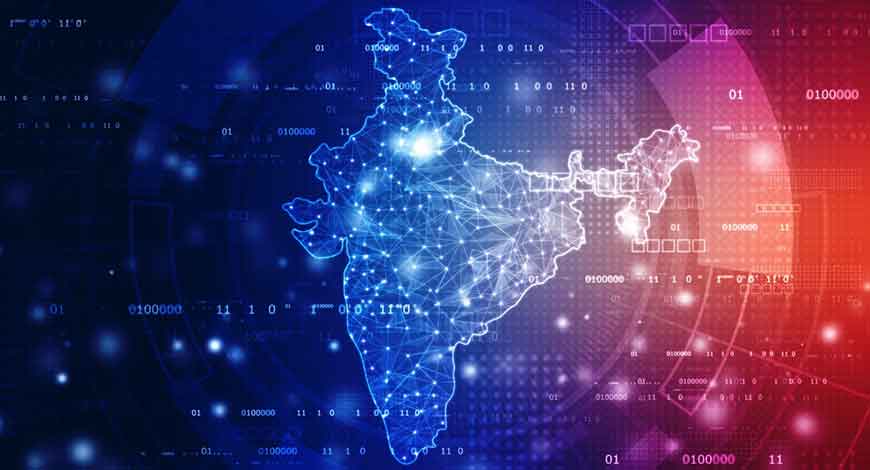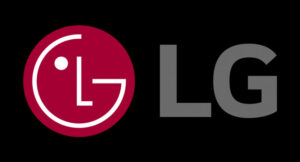Fiber networks are becoming increasingly available across Latin American countries. That’s clearly a boon to residents in the region looking for speedy internet connections. After all, fiber typically outperforms all other telecommunications access technologies – and as a result they often serve as a backbone for Wi-Fi access points.
That said, the rise of fiber across Latin America faces challenges, not the least of which is outdated Wi-Fi standards. As fiber brings faster connections, providers must look to upgrade their users to more capable Wi-Fi technologies.
Key takeaways:
- The full capabilities available through fiber networks cannot be achieved with outdated Wi-Fi standards. For example, the Wi-Fi 5 protocol tops out at 6.9 Gbps – well below the 10 Gbps speeds some operators in Latin America are offering.
- The Wi-Fi 6 standard promises to significantly improve customers’ speeds. Already some Wi-Fi 6 users in Latin America enjoy 10x the median download speeds of their Wi-Fi 4 counterparts. Chile and Uruguay lead on the adoption of Wi-Fi 6 in Latin America.
- Some fiber operators in the region still maintain large numbers of Wi-Fi 4 connections – up to a third of their customer base in some cases, per Speedtest results. And Huawei and TP-Link are the top Wi-Fi 4 router brands. This information could help operators identify areas in need of investments.
The combination of fiber networks and newer, more capable Wi-Fi connections can help operators score direct revenues through the sale of faster pricing tiers as well as indirect revenues through improved customer satisfaction and superior brand reputation.
Latin America is a hotbed of fiber
The rise of fiber is clear in data from the Organisation for Economic Co-operation and Development (OECD), an international association that works with governments to create evidence-based standards to tackle global economic, social and environmental challenges.
Fiber subscriptions in México, Chile, Colombia and Costa Rica grew 258% over the previous four years, according to 2024 data from the OECD. Brazil – Latin America’s most populous country – was fifth in an OECD global ranking of the year-over-year increase in fixed broadband subscriptions per 100 inhabitants, from June 2023 to June 2024.
This transition to fiber is reflected in Speedtest Intelligence© results for Latin America’s most populated countries:
However, the market for fiber in Latin America is punctuated by plenty of unique circumstances and local flavors.
For example, recent data from Brazil’s telecom regulator, Anatel, shows that 77.2% of Brazil’s fixed internet connections were fiber-based as of November 2024. That’s up 8.8% from the year prior. But some of the region’s major telecom network operators – like Telefónica’s Vivo (with 17.6% market share in Brazil) and América Móvil’s Claro (with 4.6% market share in Brazil) – are competing with the country’s many “pequeños proveedores.” These are the small and regional internet service providers (ISPs) that collectively account for an extraordinary 67% of all fiber connections in Brazil. These smaller players have proven agile in selling fiber to medium-sized cities and underserved areas, often outpacing big, traditional incumbents.
Meanwhile, in México, the transition to fiber is being driven by large, international telecom players. For example, Claro holds a 40% market share in fixed broadband connections in México and has successfully migrated around 85% of its broadband customers to fiber. The results of this work are clear: Ookla recently revealed that median download speeds in México have more than tripled over the past five years across all fixed ISPs.
Finally, in countries like Colombia, Chile and Brazil, the neutral host networking business model is expanding via providers like On Net Fibra and V.tal. Under that model, a single company builds and operates a shared fiber network that is then leased to multiple other service providers.
Regardless of such regional differences, the result is the same: More fiber. This progress can be clearly seen in Bogotá, Colombia, via Ookla’s Speedtest Insights©. The below map shows the overall rise in fixed network speeds across the city during the past six months of 2025, compared with the same period in 2024:
The value of Wi-Fi upgrades
The rise of fiber in Latin America creates a path for ISPs in the region to profit from the sale of faster service plans with better features and more reliable connections. However, a customer’s Wi-Fi network can hamstring this momentum.
To illustrate this situation, let’s compare the performance of fiber-based Speedtest Intelligence samples from devices connected via Ethernet vs. those using Wi-Fi. Results show that, in general, users who bypass Wi-Fi with an Ethernet cable may double their download speeds:
However, few internet surfers want to plug their computer into a wire. In terms of Speedtest samples, Wi-Fi is roughly 20 times more popular than Ethernet.
Now, here’s where things get interesting. Since Wi-Fi is the preferred way for customers to connect to a fiber access point, the version of Wi-Fi they use becomes critical. And, not surprisingly, newer technologies can speed things up.
For example, Mundo in Chile currently offers 10 Gbps service plans. And – incredibly – it’s rolling out plans that provide speeds up to 50 Gbps. As noted by Wi-Fi router vendor TP-Link and chip vendor Intel, customers won’t be able to access those speeds without using the latest version of Wi-Fi. Here are the theoretical maximum speeds available across various Wi-Fi standards (users’ normal speeds are generally much lower than the theoretical maximum):
Thus, subscribing to Mundo’s 50 Gbps plan while using a Wi-Fi 4 router would be like eating a steak dinner through a straw: You’d get what you need, but not what you’d want.
Broadly, here’s what Ookla is seeing in the deployment of newer Wi-Fi technologies across Latin America:
Chile and Uruguay show a lead in the adoption of the Wi-Fi 6 standard. However, Wi-Fi 4 still represents at least a fifth of connections, and remains above 40% in markets in Central America, as well as in Argentina, Paraguay and Venezuela.
Speedtest users’ speeds clearly track with the type of Wi-Fi they’re using:
To be clear, it’s reasonable to assume that slower networking technologies like xDSL might be underpinning many Wi-Fi 4 connections, while Wi-Fi 6 connections may lean more toward fiber networks.
Nonetheless, here are the operators in Latin America with more than 30% of their test samples using Wi-Fi 6:
The Wi-Fi 6 standard introduces several key technologies to improve performance including orthogonal frequency-division multiple access (OFDMA), which allows a single channel to serve multiple devices simultaneously. The standard also sports a more efficient modulation scheme (1024-QAM) and BSS Coloring, which helps networks in the same area coexist.
And, like most technologies, Wi-Fi continues to evolve. The standard’s latest iteration – Wi-Fi 7 – is just now beginning to appear in Latin America, but only in tiny slivers. For example, just 0.1% of the samples from America Movil in Brazil and México show Wi-Fi 7 capabilities. This is likely due to some early adopters among the operator’s customer base. A few other operators in Latin America are also showing some Wi-Fi 7 usage, but mostly in numbers that are not statistically relevant because the sample size is too small.
The same goes for Wi-Fi 6 connections in the 6 GHz band (most Wi-Fi operations in Latin America are in the 2.4 GHz and 5 GHz bands). Only Vivo in Brazil registers a statistically relevant number of Wi-Fi 6 samples in the 6 GHz band (called 6E), at 0.1% of the operator’s tests. This finding is noteworthy because there’s an ongoing debate among regulators in the region about how to handle the 6 GHz band. Some cellular operators want some or all of the band to be set aside exclusively for licensed 5G and 6G operations. Meanwhile, some Wi-Fi proponents prefer the band be allocated to unlicensed uses, like Wi-Fi. Brazil’s regulator, Anatel, initially set aside the entire 6 GHz band for unlicensed Wi-Fi in 2021, but in recent months has proposed reserving the upper portion of the band for licensed cellular networks. Some other countries in Latin America are debating similar moves.
Weeding out slower Wi-Fi
Speedtest samples from the below operators have two key characteristics: They show a median latency under 16 ms (suggesting a fiber network) and more than a third of their tests were conducted over Wi-Fi 4. With the exception of HV in Colombia, tests from all of these operators were in Brazil:
If these operators upgrade their customers’ Wi-Fi routers to support newer versions of the Wi-Fi standard – or at least communicate the situation – they could dramatically improve their customers’ experiences.
Looking at the distribution of Wi-Fi 4 samples by router manufacturer, Huawei and TP-Link emerge as the top brands across Latin America. However, their popularity varies by market, which is no surprise considering users could be getting their routers through their operator, through a third-party merchant or through some other source. Further, users’ experiences can be affected by any additional Wi-Fi extenders or repeaters they may be using.
Nonetheless, this information is important because Speedtest users prefer more advanced Wi-Fi standards. For example, users in México gave their Wi-Fi 4 connections a 2.9 satisfaction ranking (out of 5) in the first half of this year. For Wi-Fi 5 users, that ranking was 4.2.
And Wi-Fi 6 users in México reported satisfaction levels of 4.7, or 94%.
Wi-Fi 7 advances in international markets
The adoption of Wi-Fi 7 on a global scale is still in its early stages, but it is showing signs of growth in certain regions.
For example, in the first quarter of 2025, Wi-Fi 7’s share of fixed samples in the United States was less than 2%, though this represented a significant increase from the previous quarter. And in Europe, countries like France, Switzerland and Denmark were at the forefront of Wi-Fi 7 adoption by the end of 2024, with France leading with a 1.5% Speedtest sample share. This is primarily due to ISPs that include Wi-Fi 7 routers as part of their service bundles.
Like Latin America, some fiber-rich countries in Europe – such as Spain, Portugal and Ireland – still have a large base of older Wi-Fi 4 and Wi-Fi 5 connections.
As Latin American operators continue their march toward widespread fiber adoption, the full promise of these ultra-fast networks can only be realized if Wi-Fi technology keeps pace. The combination of fast fiber networks and speedy Wi-Fi connections can allow operators to sell increasingly competitive tiered service plans as well as gain enhanced customer loyalty and brand reputation.
By strategically upgrading outdated Wi-Fi 4 connections and actively promoting the benefits of newer standards like Wi-Fi 6 and Wi-Fi 7, providers can ensure their fiber revolution translates into a better internet experience for every user. Ookla









